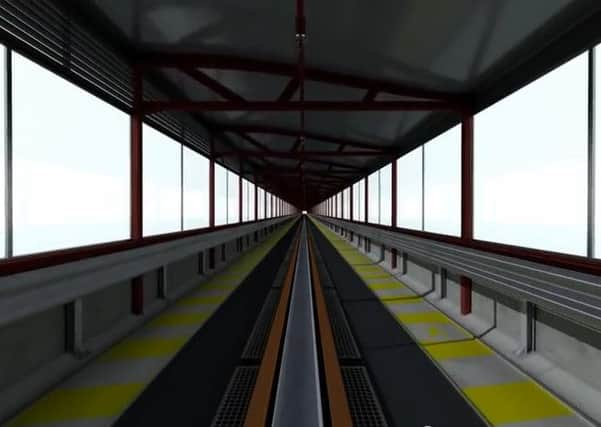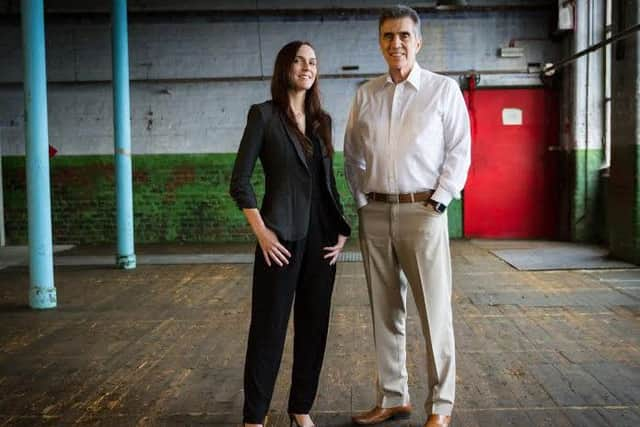Scottish company working to put driverless cars back on track


Caroline Jones Carrick launched her vision of TEV (Track Electric Vehicle) alongside her father Will Jones – a US inventor and battery expert – in 2013 and said she is now at critical stage in the project’s development.
Work to create a working section of track, which charges cars as they move at speeds of up to 120mph, is now under way, with the results to be revealed next June.
Advertisement
Hide AdAdvertisement
Hide AdMs Jones Carrick – who works from Prestwick Airport – said she was “thrilled” to have reached the point where public and government opinion was open to driverless technology.


She said the mood had changed since TEV was launched. While some people embraced the vision, others queried “what planet” she and her father were on, she said.
She said: “When you set out to try and convince people of a vision of a future, it is hard to know what the response will be.
“We can’t believe how much positive words and support we have got in the last few months
“People want to work with us, I can’t keep up with all the meetings. It is really, really thrilling.”
Ms Jones Carrick recently attended a meeting at European Commission to discuss the project, which is backed by open-source crowd funding, with interest also expressed in America where transformative transport projects are under serious consideration at government level.
The track is designed to run alongside existing motorways or bring disused rail lines back into use.
The cars will either be purpose built for the track or electric and hybrid vehicles adapted to fit TEV when required.
Advertisement
Hide AdAdvertisement
Hide AdMs Jones Carrick said TEV was “inherently energy efficient” and that energy consumption per mile was further reduced by grouping cars in convoys.
The project to develop TEV comes as more cars are predicted to be built in the next 20 years than in the entire history of the motor industry. She estimated that a single TEV lane would have the equivalent capacity of 10 lanes of motorway.
Drivers would access the track by typing in a destination code, with TEV computers then taking full control of the vehicle after checking it for full compatibility and safety.
She said: “Imagine heading up to the Highlands in your car and not having to drive. You could sit back and enjoy a coffee instead.”
Ms Carrick Jones said Scotland had been the “right place” to base TEV. “We are not talking about tomorrow, I do think it will take decades before we have large scale TEV, but right now I do feel that people are listening.”